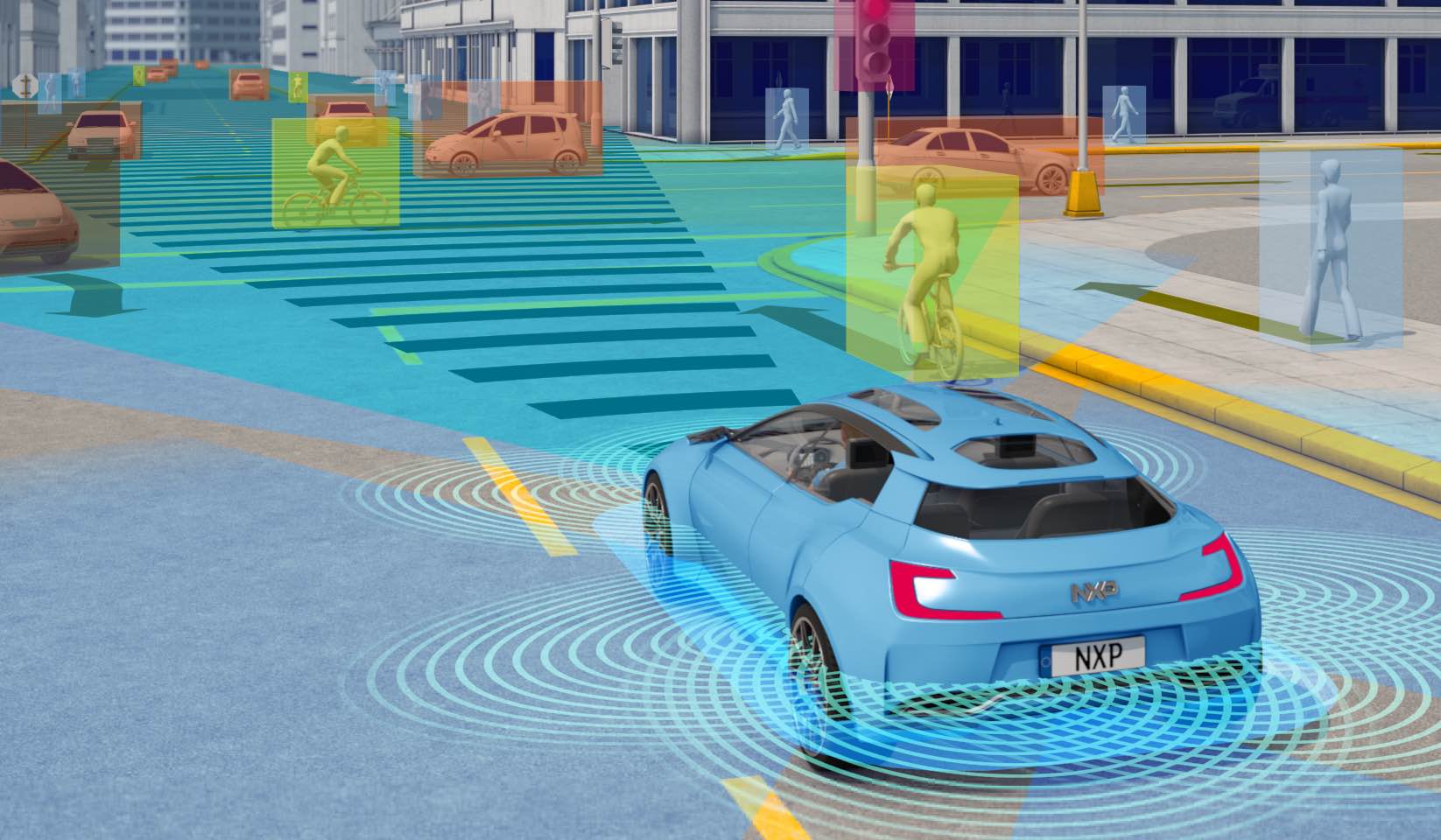Last month the Institute for Transportation and Development Policy released its report, “Recapturing Global Leadership in Bus Rapid Transit” [PDF], which proposed a LEED-like rating system for bus rapid transit projects and laid out a strategy for American cities to build systems as good as the world’s best BRT. While more than 20 American bus projects have claimed the BRT mantle at various times, the ITDP report named just five American cities with bus corridors that made the grade and earned the title “True BRT.” Streetsblog is pleased to publish a series of case studies from ITDP examining these innovative transit projects. We started with Pittsburgh and today, we focus on Cleveland.
Cleveland doesn’t often get recognition for being a leader in innovative transportation – but maybe it should. A recent report from the Institute for Transportation and Development Policy (ITDP) awarded Cleveland the highest rating of any American BRT system.
Cleveland’s first BRT line opened in 2008. The HealthLine stretches 6.8 miles along Euclid Avenue, connecting the city’s main employment centers, including downtown Cleveland, the Cleveland Clinic, and University Hospital, coming within a half mile of more than 200,000 employees and 58,000 households. In just three years, ridership has increased more than 60 percent over the bus routes that formerly ran along the corridor. This promotional video shows how the HealthLine mimics light rail for a better passenger experience.
The BRT, and the streetscape improvements that were added as part of the construction, have helped spur new developments along the corridor. By the time the system opened, over $4.3 billion had been invested or pledged along the route in the form of rehabilitations of old buildings into housing and retail centers, as well as major expansions of nearby university, museum, and hospital infrastructure.
The HealthLine includes BRT best-practice features like off-board fare collection, median-aligned bus-only lanes, and at-level passenger boarding. Passengers have reported average time savings of twelve minutes, and average speeds along the corridor have increased 34 percent over previous service. Riders can travel from downtown’s Public Square to University Circle, four miles away, in a swift 20 minutes.
The Greater Cleveland Regional Transit Authority (RTA), which operates the HealthLine, is the nation’s thirteenth largest public-transit system. The RTA has done an impressive job at winning customer satisfaction and communicating with the public. Just six months after the HealthLine opened, the RTA reported a 90 percent approval rating by riders; 92 percent said the service was reliable and 94 percent said the trips are on time.
The HealthLine was the nation’s first federally-funded BRT system, receiving $82.2 million from the FTA in the form of a New Starts grant. Combined with state and local sources, the project totaled $200 million for buses, station infrastructure and streetscape and roadway improvements along the corridor, including the planting of 1,500 new trees.
An $85 monthly pass gets you unlimited rides for one calendar month on all rapid routes and regular buses. “With the recent surge in gas prices, even more people are trying RTA and the HealthLine and discovering the benefits of riding RTA,” said RTA CEO and President Joe Calabrese. With gasoline prices hovering around four dollars per gallon in northeast Ohio and elsewhere in the U.S., saving on transportation becomes a higher priority. Kionte Watkins, who was surprised with a free one-year pass for being the ten millionth rider, commented that she “started taking RTA a month ago to save money on gas and parking and I really love it.”
Holly LaDue is a publications consultant for ITDP. You can read more about the future of BRT in the United States at www.itdp.org.






